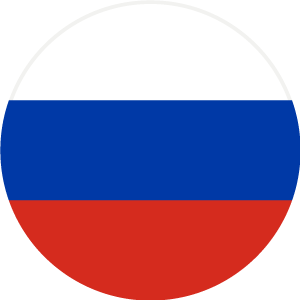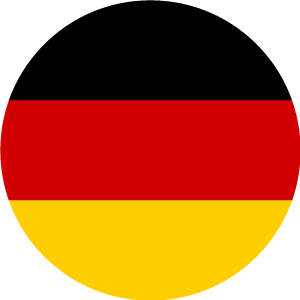Author Search Result
[Author] Michiyoshi TACHIKAWA(2hit)
| 1-2hit |
Document Image Segmentation and Layout Analysis
Takashi SAITOH Toshifumi YAMAAI Michiyoshi TACHIKAWA
- PAPER
- Vol:
- E77-D No:7
- Page(s):
- 778-784
A system for segmentation of document image and ordering text areas is described, and applied to complex printed page layouts of both Japanese and English. There is no need to make any assumptions about the shape of blocks, hence the segmentation technique can handle not only skewed images without skew-correction but also documents where columns are not rectangular. In this technique, based on the bottom-up strategy, the connected components are extracted from the reduced image, and classiferd according to their local information. The connected components calssified as characters are then merged into lines, and the lines are merged into areas. Extracted text areas are classified as body, caption, header or footer. A tree graph of the layout of the body texts is made, and the texts ordered by preorder traversal on the graph. We introduce the concept of an influence range of each node, a procedure for handling titles, thus obtaining good results on various documents. The total system is fast and compact.
A Handwritten Character Recognition System by Efficient Combination of Multiple Classifiers
Hideaki YAMAGATA Hirobumi NISHIDA Toshihiro SUZUKI Michiyoshi TACHIKAWA Yu NAKAJIMA Gen SATO
- PAPER-Classification Methods
- Vol:
- E79-D No:5
- Page(s):
- 498-503
Handwritten character recognition has been increasing its importance and has been expanding its application areas such as office automation, postal service automation, automatic data entry to computers, etc. It is challenging to develop a handwritten character recognition system with high processing speed, high performance, and high portability, because there is a trade-off among them. In current technology, it is difficult to attain high performance and high processing speed at the same time with single algorithms, and therefore, we need to find an efficient way of combination of multiple algorithms. We present an engineering solution to this problem. The system is based on multi-stage strategy as a whole: The first stage is a simple, fast, and reliable recognition algorithm with low substitution-error rate, and data of high quality are recognized in this stage, whereas sloppily written or degraded data are rejected and sent out to the second stage. The second stage is composed of a sophisticated structural pattern classifier and a pattern matching classifier, and these two complementary algorithms run in parallel (multiple expert approach). We demonstrate the performance of the completed system by experiments using real data.




















